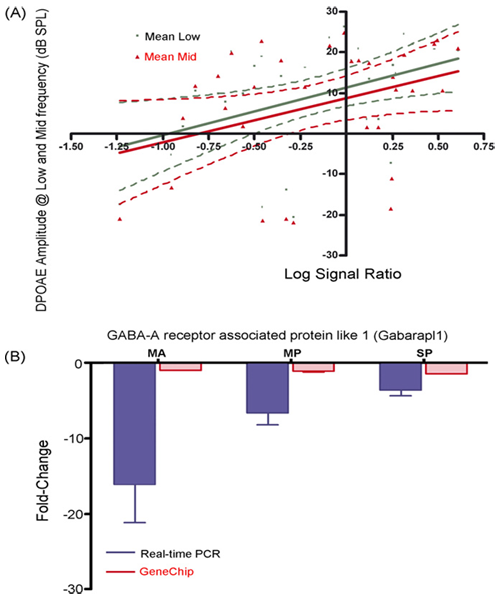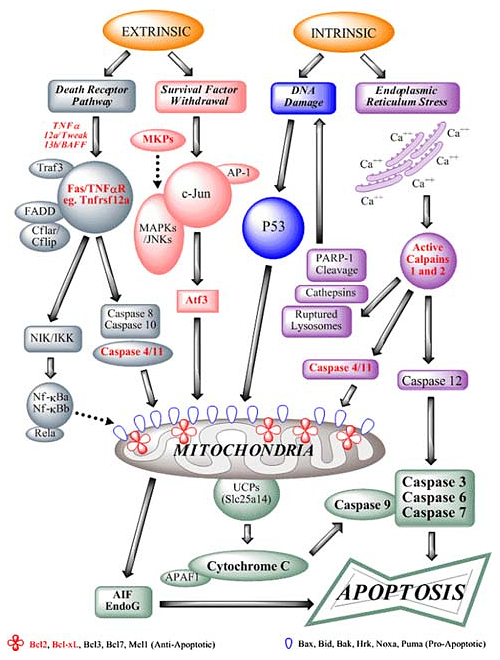
Discovery, Prevention, Therapeutics. One of the Global Center's main R&D strategies is to combine the knowledge and practices of multiple scientific and clinical research disciplines to attack the highly prevalent, complex communication and biomedical problems of hearing impairment, deafness, age-related hearing loss, communication systems, speech perception, and voice quality. These multiple disciplines include audiology, bioengineering, biochemistry, biomedical imaging, cellular and molecular biology, electrical engineering, electrophysiology, gene therapy, genetics, microsystems engineering, neurophysiology, neuroanatomy, psychoacoustics, signal processing, speech science, and voice science.
Representative Projects
Genetics of Age-Related Hearing Loss
Nature vs. Nurture: What Determines Your Hearing as You Age?
Have you ever wondered if you will hear (or not) more like your Mother or your Father as you grow older? Research on the heritability of age-related hearing loss says, odds are you will hear more like your Mother. This stronger relation to your Mother’s hearing in old age, hints that at least a portion of how well you will hear as you grow older is genetic, or determined by Nature. Yet, even though this relation to your Mother’s hearing has been known for two decades by geneticists studying age-related hearing loss – presbycusis – the human genes that may pre-dispose us to poor hearing in old age remain elusive. Biomedical engineers and hearing scientists at the Global Center for Hearing and Speech Research have been using the mouse as an animal model to gain new insights into possible genes related to presbycusis. These Global Center researchers of the Frisina Lab have developed new statistical and bioinformatics data analysis techniques to analyze large amounts of mouse genetic data in novel ways. By using the mouse as a “genetic” animal model for studying age-related hearing loss, new knowledge can be gleaned about what types of genes contribute to presbycusis in humans. Discoveries in this area point to the possibility of genes involved in inflammation and the immune system, and genes related to key neurochemicals used in nerve cell communication, as contributing to the severity of presbycusis. These animal model findings give Global Center researchers clues as to what genes to look for in humans that might worsen the progression of age-linked hearing loss.

Figure 1 Legend: GABA is the main inhibitory neurotransmitter of the auditory system. This figure demonstrates that the gene expression of GABA-A Receptor Assoc. Protein-1 declines with age and hearing loss in mice: (A) Correlation of hearing test to the gene expression of GABA-A receptor associated protein like 1. A linear regression between the microarray gene expression measure and otoacoustic emission (DPOAE) amplitudes showed that the Gabarapl1 correlation was statistically significant (p < 0.01 for low frequency DPOAEs, and p < 0.04 for middle frequency DPOAEs). (B) Significant down-regulation in the expression of Gabarapl1 was observed in aging mice in the microarrays, and a similar trend was confirmed by relative real-time PCR in all age-groups. S.E.M. is indicated. MA= middle age, MP= old mild presbycusis, SP = old severe presbycusis. (From D’Souza et al., 2008, Fig. 2)

Figure 2 Legend: Plugging high-throughput gene microarray and PCR data into pathway analysis programs, helps identify key molecular pathways involved in a disease state such as age-related hearing loss. This figure provides a simplified schematic diagram for different apoptotic pathways showing the position of each gene or group of genes in these pathways; highlighting the importance that these results may have for future therapeutic manipulations of the expression of some of the significant genes to reduce apoptosis in aging sensory systems. Genes whose expression was significantly altered with age and hearing loss in the present investigation are indicated with red font. (From Tadros et al., 2008, Fig. 3)
References:
D’Souza, M., Zhu, X., Frisina, R.D. (2008) Novel Approach for Selecting Genes from RMA Normalized Microarray Data Using Functional Hearing Tests in Aging Mice. J. Neuroscience Methods, 171:279-287. (PMCID: PMC2440495)
Tadros, S.F., D’Souza, M., Zhu, X., Frisina, R.D. (2008). Apoptosis-related genes change their expression with age and hearing loss in the mouse cochlea. Apoptosis 13: 1303-1321. (PMCID: PMC2829878)
Tra, Y., Frisina, R.D. D’Souza, M., (2011) A Novel High-throughput Analysis Approach: Immune Response-related Genes are Up-regulated in Age-related Hearing Loss. Open Access Bioinformatics.
Xiao, Y., Frisina, R.D., Gordon, A., Klebanov, L., Yakovlev, A. (2004) Multivariate Search for Differentially Expressed Gene Combinations. BMC Bioinformatics, 5:164-184.


